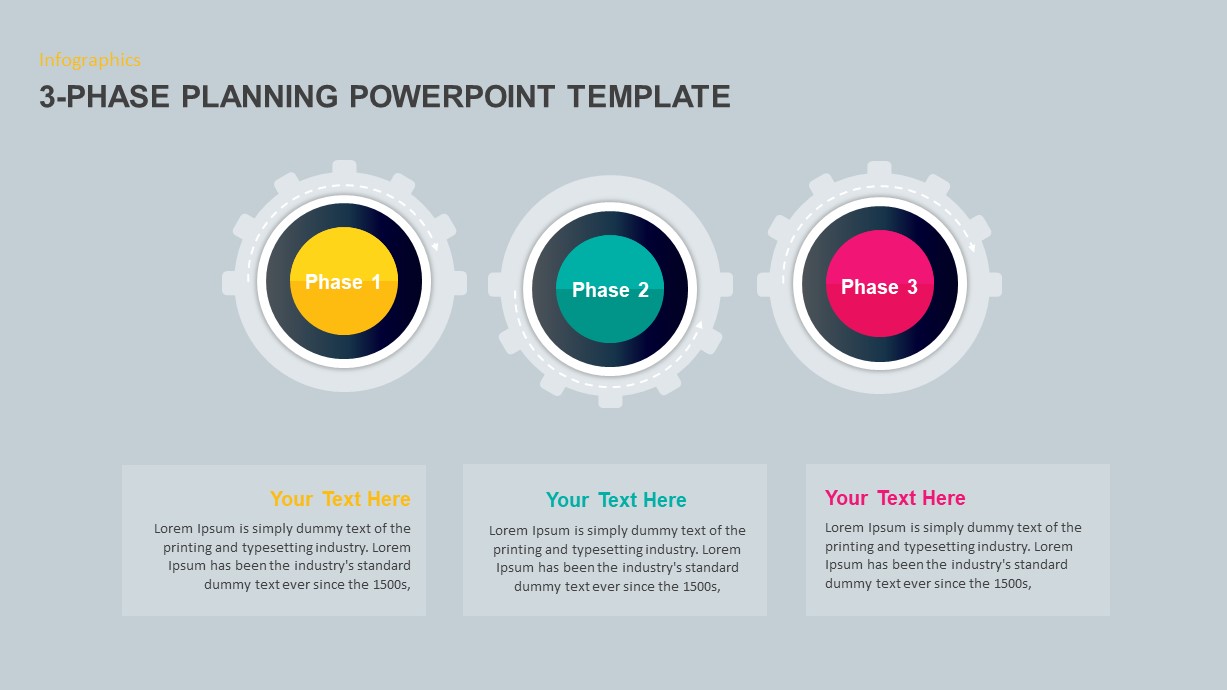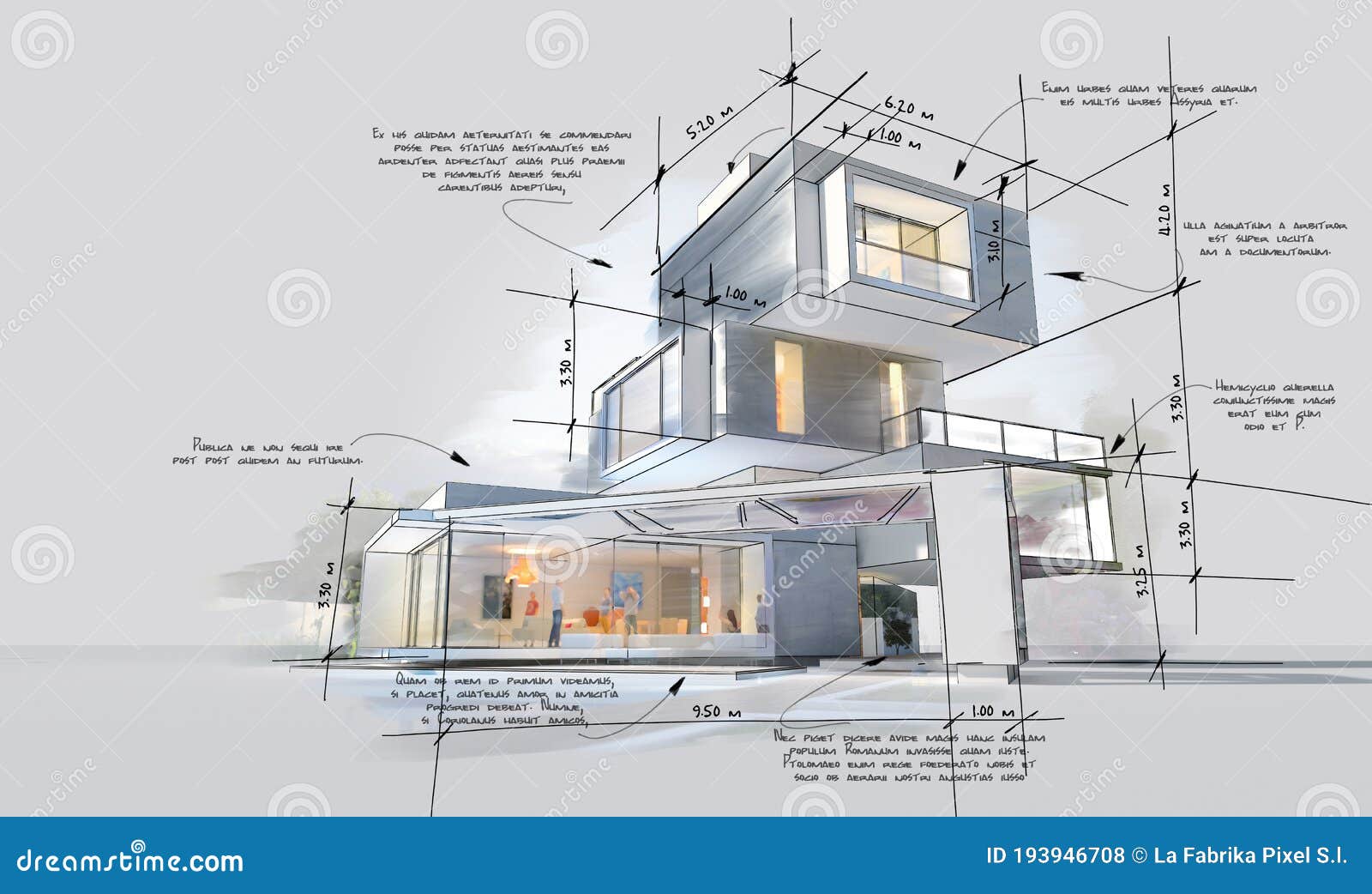Table Of Content

On many occasions, the architect will require also to certify payments to the contractor regarding the progress of the work performed. The ideation phase is a judgment-free zone where the group is encouraged to venture away from the norm, explore new angles, and think outside the box. You’ll hold ideation sessions to generate as many ideas as possible—regardless of whether or not they’re feasible! For maximum creativity, ideation sessions are often held in unusual locations. Once you’ve synthesized your findings, you’ll formulate what’s known as a problem statement. A problem statement—sometimes called a point of view (POV) statement—outlines the issue or challenge you seek to address.

Phases of Design Thinking
The concept board is fluid and may evolve (with client sign off) as we progress with the design, but it anchors the aesthetic tone for the project. There are several steps of the pre-design phase that we go through with each client for each project, and it’s helpful to understand this process from beginning to end. Due to all the decisions that are made during this phase, it is, by far, the most important phase of any project.
The Ultimate Guide to Understanding UX Roles and Which One You Should Go For
About ten months after project closeout, you might be required to do a warranty inspection. Many warranties expire after one year, so this is the time to make sure everything is working as it should. This often leads to an increase in the price, so owners do not like Change Orders.
What is Design Thinking and Why Is It So Popular?
When developing the cost plan of a project, establish the basic cost of the building. Identify and pull out unusual or site-specific costs and justify the overall project budget during the forecasting process. Parametric estimating requires that the design team has developed the design to the extent that a cost estimator can reliably perform a take-off of measurable functions, areas, volumes, systems and/or components. A parametric estimate based only on a building’s square area could be performed quickly and economically; however, it may not result in an estimate with accuracy beyond an order of magnitude. A detailed parametric estimate based on systems and components will take much longer and cost considerably more, but will provide an estimate of a correspondingly greater accuracy.
Technical Details
Discover Design highlights the importance of presenting your ideas to as many people that can help with the development of your project. Depending on your class, you may have full or desk crits before the final presentation. Once you consider elements to include, you can start developing concepts for your design.
In essence, the concept design phase is an intricate dance of creativity and practicality. It’s where dreams start taking shape, guided by the expertise of designers and the realities of construction. With the right balance and thoroughness in this stage, projects are set on a trajectory for successful realization. While most of the architect’s work is done before any building begins, our consistent presence during the construction phase is equally important. During this phase we visit the jobsite at regular intervals to answer questions from the builder and proactively address potential issues. The frequency of our site visits could be weekly or monthly depending on the project and your needs, but it is vital to have us keeping an eye on things to ensure the finished project meets your expectations.
– Contract documents and administration phase
Tests may also create new ideas for projects or reveal insights about users. In the “Implement” phase, the team brings these ideas to life through prototypes. The team tests, iterates and refines these ideas based on user feedback.
CUIMC Explores Potential Installation of Heat Pumps for Sustainable, Efficient Heating and Cooling
You may also see some basic diagrams that illustrate things like department adjacencies and anticipated workflow or circulation. Don Norman encourages designers to incorporate systems thinking in their work. Instead of looking at people and problems in isolation, designers must look at them from a systems point of view.
Why Is Design Thinking Important?
By following the architectural design phases outlined in this guide, architects can effectively manage projects, meet clients’ expectations, and ensure successful project outcomes. Each phase serves a distinct purpose, leading to a well-organized and seamless design process. We’ve outlined a direct and linear design thinking process here, in which one stage seemingly leads to the next with a logical conclusion at user testing. However, in practice, the process is carried out in a more flexible and non-linear fashion. What’s more, results from the Test stage may reveal new insights about users which lead to another brainstorming session (Ideate) or the development of new prototypes (Prototype). During phase 4, all construction documents are created, and all materials, colors, fixtures, fittings, and dimensions are finalized.
You should stay in this design phase until you have the basic form and function approved by the client. Breaking down an architecture project into design phases helps you organize your project into more manageable steps. Every budget estimate should present a prediction of the final cost of the completed project. In practice, this means that contingency allowances of decreasing size must be applied to project and construction budgets as relevant information develops during the design process.
Design process and simulations for the rotor system of a high-efficiency 22 kW micro-gas-turbine range extender for ... - ScienceDirect.com
Design process and simulations for the rotor system of a high-efficiency 22 kW micro-gas-turbine range extender for ....
Posted: Wed, 01 Feb 2023 21:53:28 GMT [source]
A complete guide on client onboarding for architecture and design firms. We’ll cover 7 steps to create the best client experience at the beginning of your project. Having formal, step-by-step design phases helps your project management process go more smoothly.
People sometimes use design thinking and human-centered design to mean the same thing. HCD is a formal discipline with a specific process used only by designers and usability engineers to design products. Design thinking borrows the design methods and applies them to problems in general.
Knowing what percentage each design phase should be of the total cost will help you stay on budget. The designer will revise the schematic design, refining the concepts and capturing more detail. Preliminary engineering starts, materials are selected, product selection begins, etc. For the first time during the project, everyone can start to get a feel for the actual space. During construction phase, the architect provides construction oversight of the project to ensure the building is constructed following the design intent.
Combined, Columbia’s campuses include around 17 million square feet of various building types, ages, sizes and program uses. Capital project portfolios at each respective campus consist of a broad range of project types and sizes, from small renovations to ground-up buildings. Most capital projects on the historical Morningside campus generally rely on existing campus utility infrastructure for all services. The various “alternative prices” from each bidder must be evaluated and the best overall value for the client determined. Construction cost data are available from government agencies, private interest groups, private companies and quantity surveyors.
This approach fosters effective communication, minimizing potential conflicts and delays while maintaining cost efficiency. Accounting for each step of the design thinking process can require extensive time, resources and expertise, making it possibly less-than-ideal for fast-paced business environments. Design thinking prioritizes gathering qualitative, often-interview based data in the ‘empathize’ phase of its process, which can take more effort to accomplish than using quantitative insights. Repeating prototyping and testing phases until finding the best solution can also demand more time than only carrying out one testing stage. If you have an exact budget in mind at the beginning of the process, we may recommend you hire a contractor early to consult.

No comments:
Post a Comment